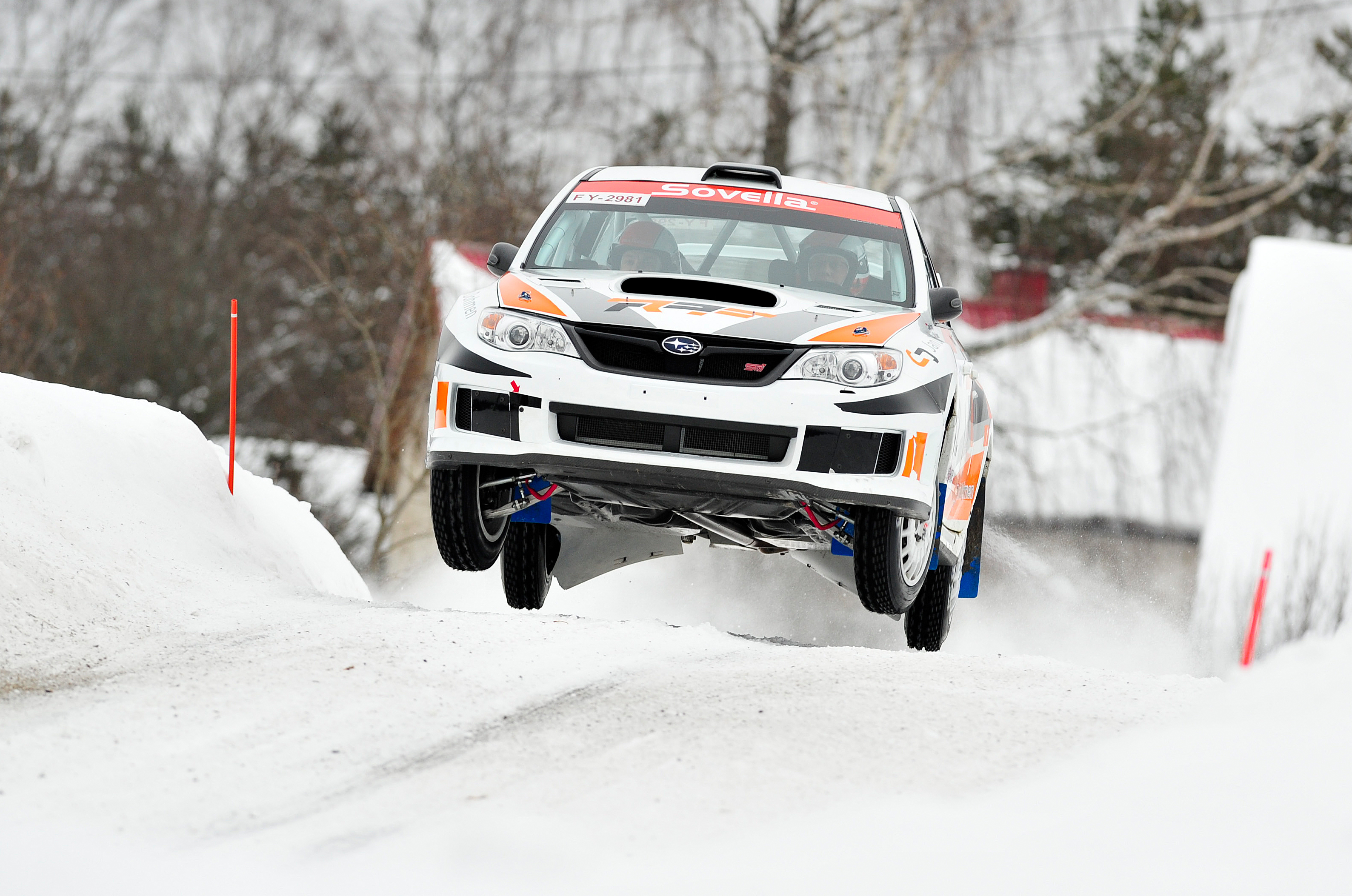Another vote for narrower tires.
Going down a size to smaller diameter wheels is great for saving money since the rubber is cheaper, but if you want to cut through snow, narrower width "pizza cutter" tires are the way to go: more weight on a smaller contact patch.
You need to add GVW into the equation as well, but the general theory is sound.


















